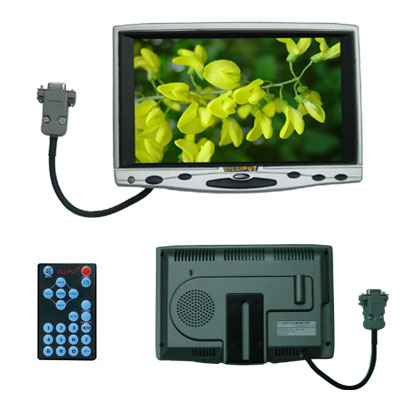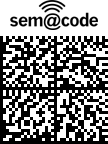Welcome to the Wonderful World of Mods (not QUAKE!!).
Now I realise that building scale models of Cathedrals or Nebucanezzar in Lego is one of the geekiest things I have come across in a long time; but here is one geek pastime that has some very cool outcomes - besides you need some way of making your PC less, well, … beige.
A case (no pun intended) in point is this … the falcon … now steady on their Jams, I'm sure Ange likes her iBook the way it is! You really have to admire the sheer ingenuity not to mention inspiration of taking something as dull and functional as a PC and making it infinitely better!
Or how about this one? Pretty ugly actually but it's quite a lot fun … mind you I kind of like my G4 the way it is … although on or two mods like this one might not go amiss. Bye for now.





